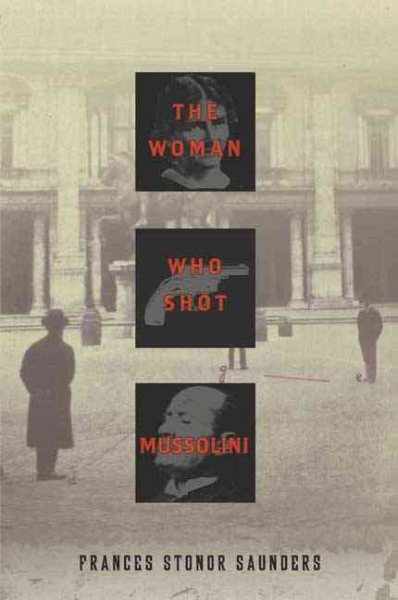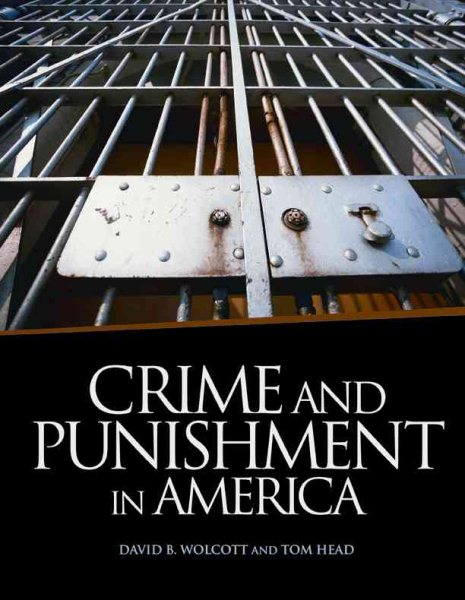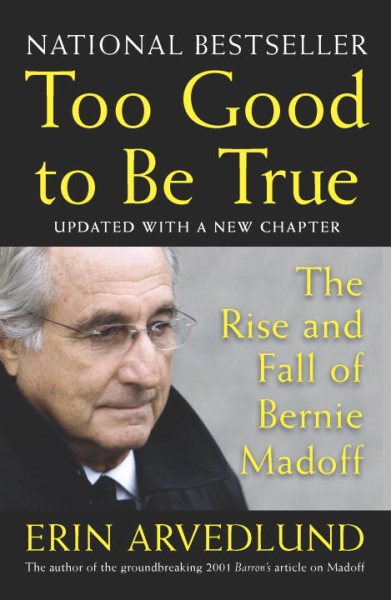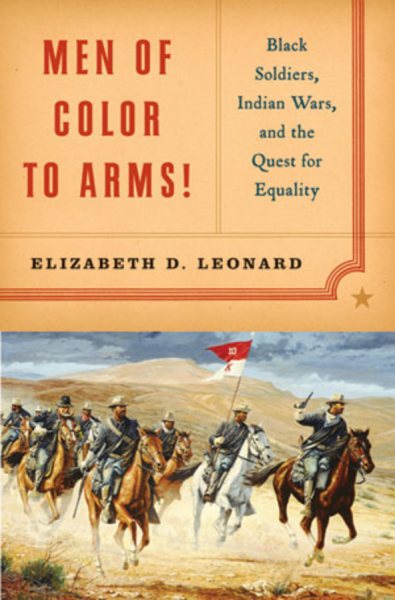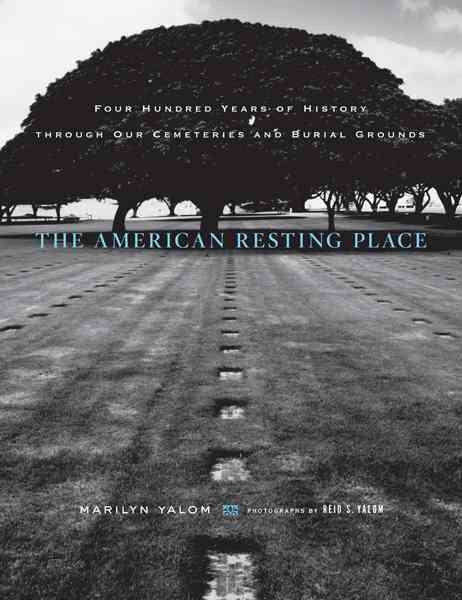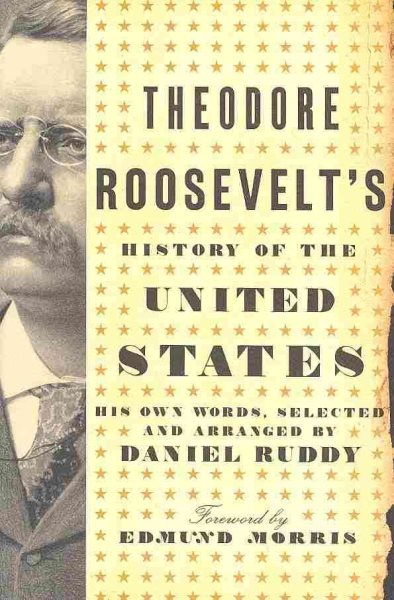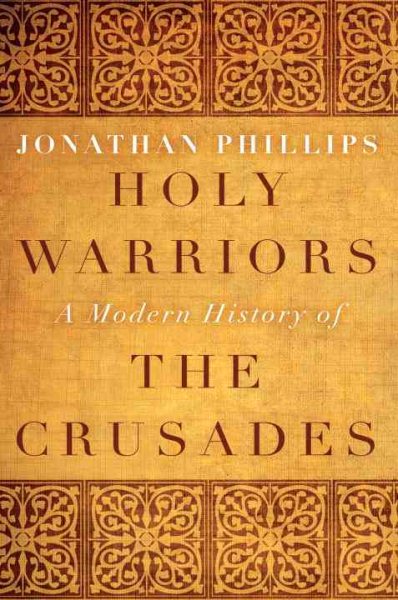The woman who shot Mussolini was named Violet Gibson, and she fired in 1926. Grazed by the bullet, Mussolini resumed the march of fascism, while Gibson was dispatched to an English mental asylum and died in 1956. In this excellent biographical reconstruction, Saunders plumbs the depths of a woman who seems ultimately unfathomable. Raised in the Protestant ascendancy of late-nineteenth-century Ireland, Gibson departed from parental expectations: intelligent and inclined to mysticism, she delved into theosophy before converting to Catholicism. Saunders also uncovers a dawning political consciousness in Gibson's involvement with the peace movement, but it is Gibson's mental condition and the treatment she received that predominate here. Although her suicide attempts and assaults on others gave cause for alarm, Gibson, after her assassination attempt, was the victim of deceptions by doctors, lawyers, and family members. Venturing that the subterfuges stemmed from diplomatic expedience and mental-health patients' lack of rights at the time, Saunders nevertheless portrays Gibson's remote personality. Saunders displays fine sourcing and sensitivity in this superior historical work.
Check Catalog

